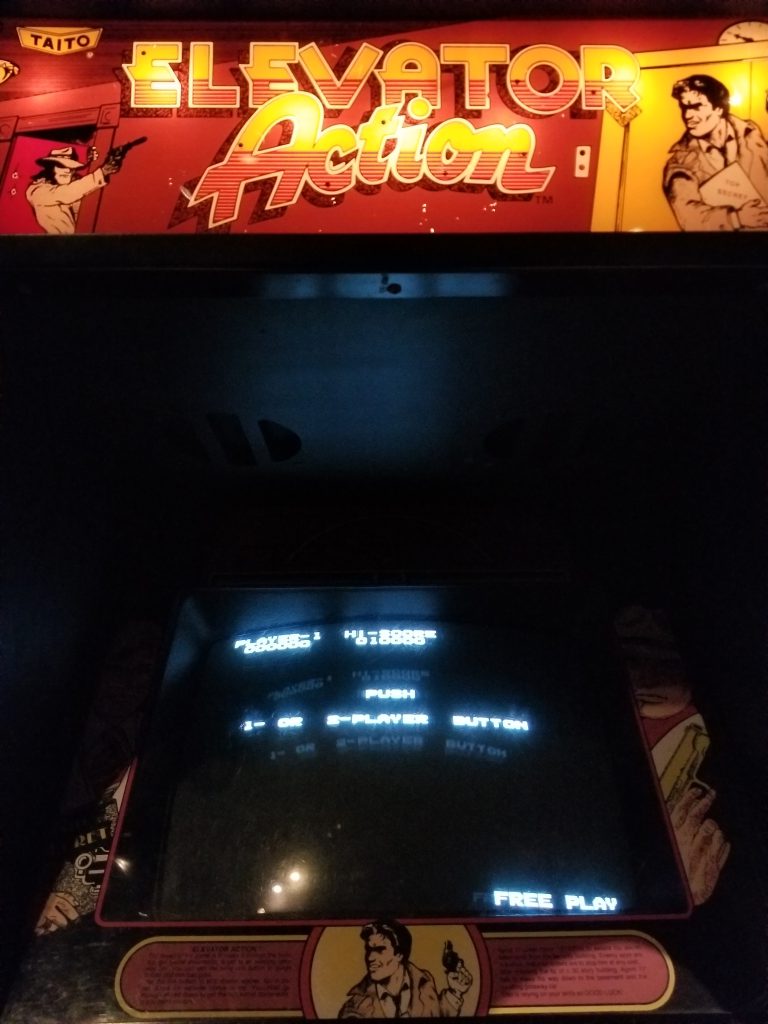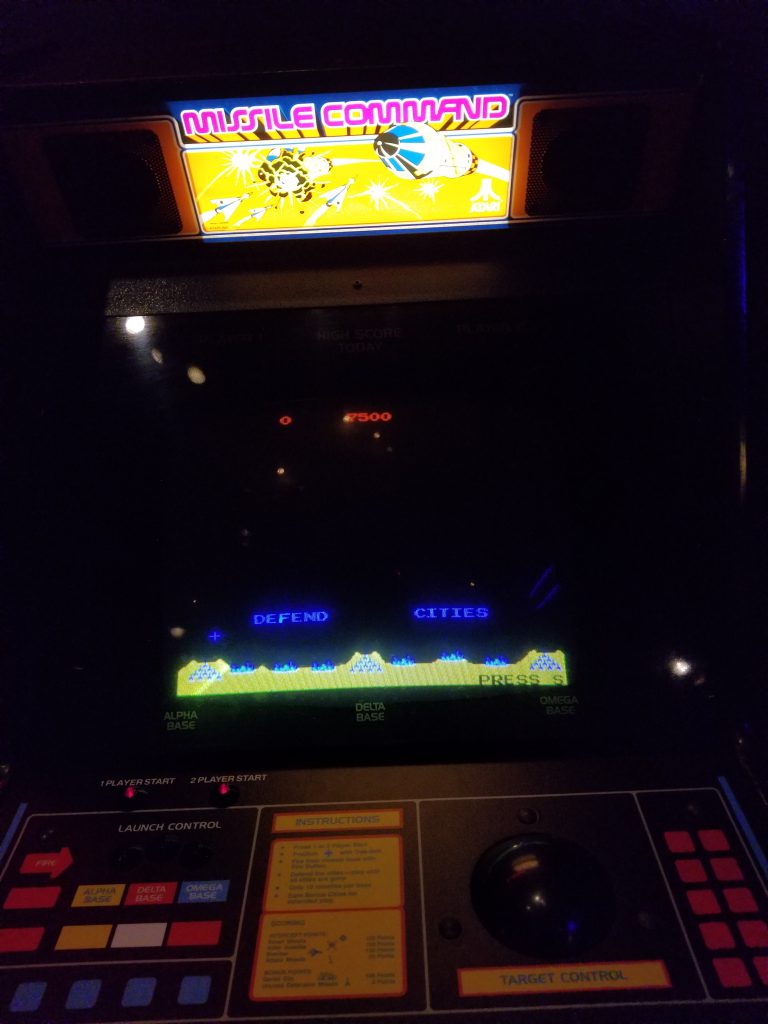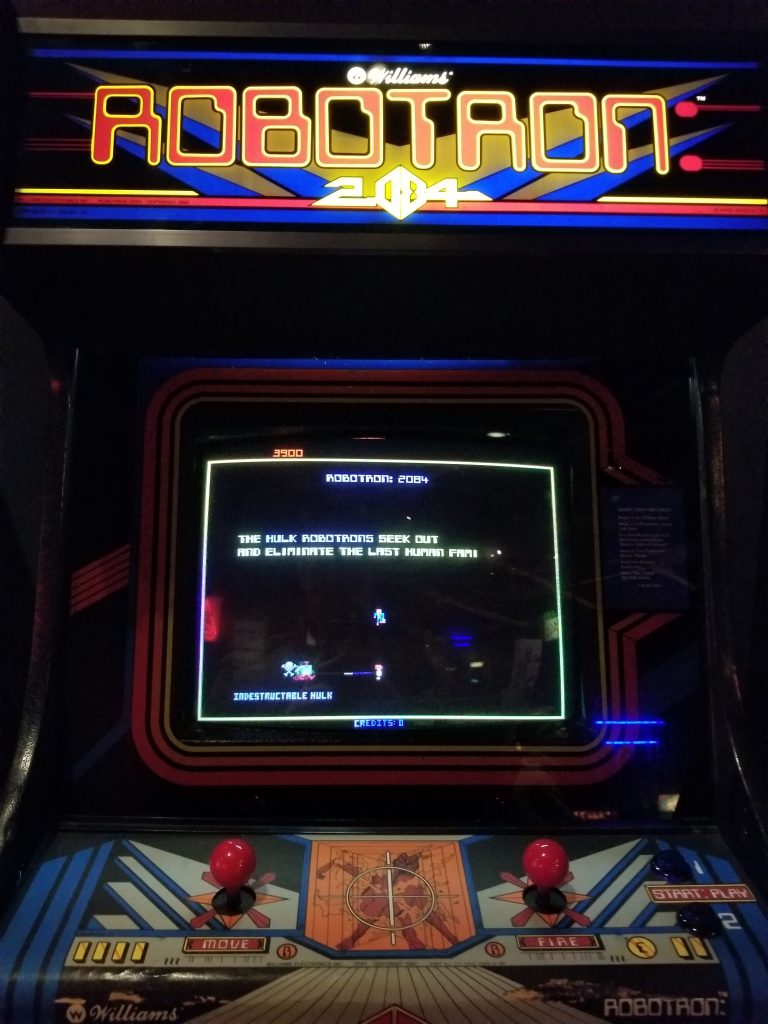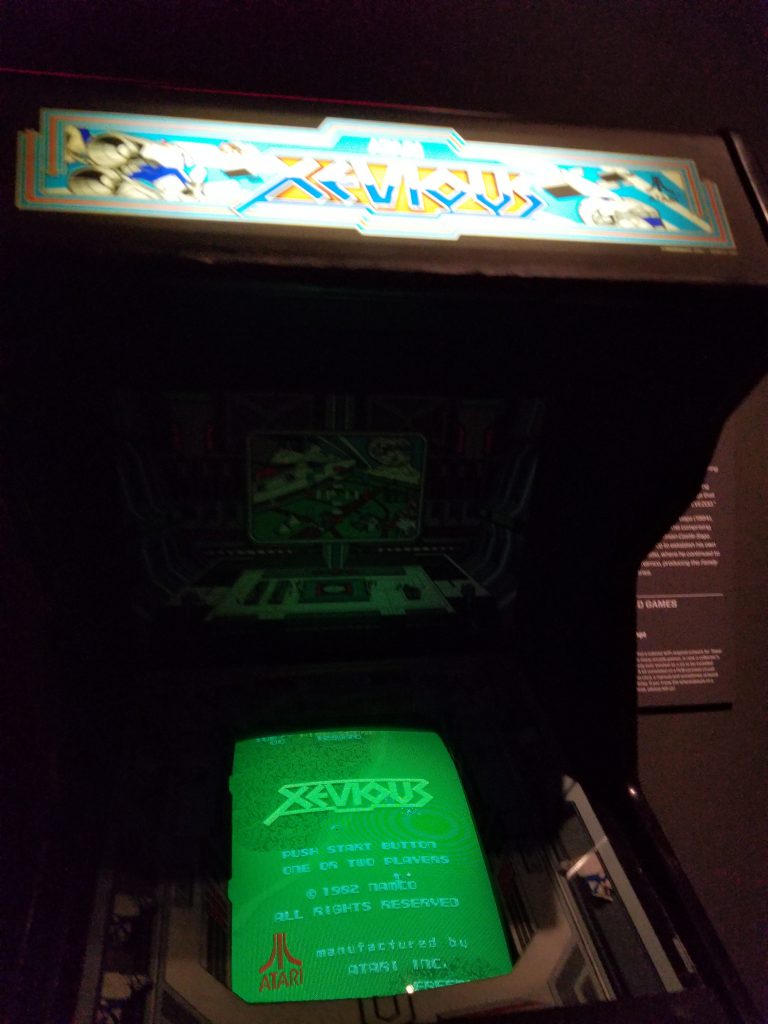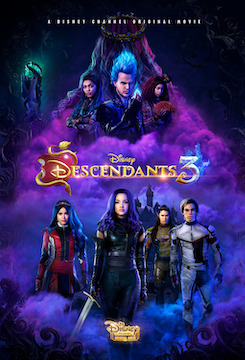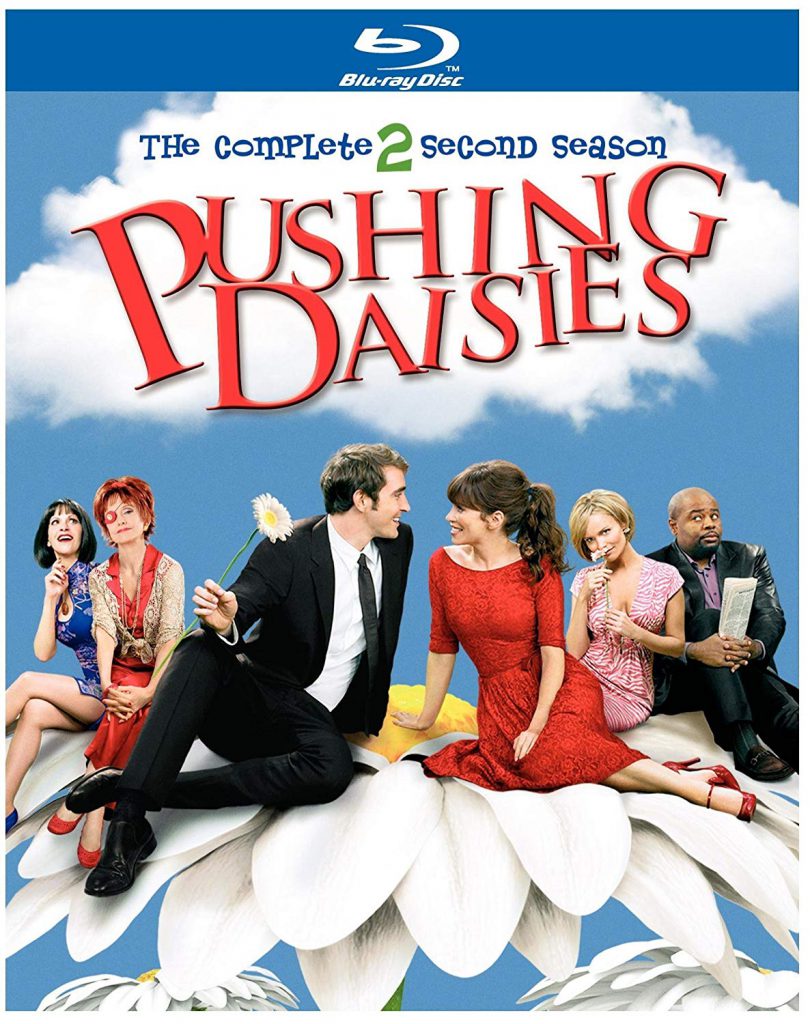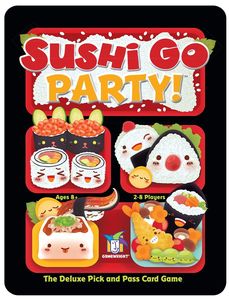written by David Steffen
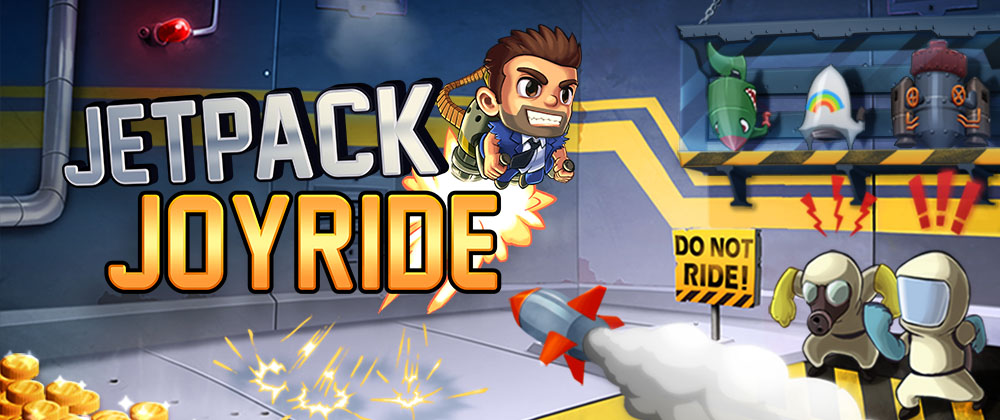
Jetpack Joyride is an endless runner mobile app game published by Halfbrick in 2011. Download it for free from app stores like Google Play.
The game stars Barry, a struggling gramophone salesman who breaks into a high-security laboratory to steal an experimental jetpack prototype and makes his escape with it, dodging electrical traps and missiles along the way.
It’s an endless runner game where you collect gold coins and complete achievements to earn more coins that you can use to buy more gadgets, upgrade your jetpacks, and etc, buying things that will make it possible to go further the next time.
The controls are very simple. With the standard jetpack, if you touch the screen the jetpack turns on and pushes Barry toward the ceiling. If you lift your finger, Barry falls, So, you move up and down to dodge obstacles, and to collect coins and powerups. You can collect other specialty jetpacks which each have their own control scheme, like the crazy teleporter that moves along at the same height with the destination cursor scrolling up and down constantly and touching the screen will move you to the cursor. Each specialty jetpack has its own variation of the simple touch controls, which adds some variation and also allows you to take one extra hit before dying.
The game is heavy on in-game purchases and ads (which you can choose to view at certain points to get extra powerups, but you will see ads either way unless you pay), and although the game is a lot of fun, I found the level of ads and in-game purchase solicitations to be off-putting and enough to put the game down for good. It’s a fun infinite runner game, but I’d rather buy a game on Steam where I don’t have to get constantly solicited after the fact.
I played this game for the first time at the Game Changers exhibit at the Science Museum of Minnesota.
Visuals
Fun cartoony graphics, I particularly like the beehive jetpack.
Audio
They’re all right.
Challenge
Challenging to make it a long distance as you figure out the rules and unlock more powerups. Then again, there’s not much consequence to dying, you just start again, so it’s not very frustrating if you die.
Story
Very light on story.
Session Time
Even the longer rounds I played have probably been 10 minutes.
Playability
Simple, can be played with one finger.
Replayability
Certainly some replayability with the unlockable stuff. Many of the unlockables are just reskinning of the jetpack and etc . So unless you’re a hardcore completionist you’ll probably get bored of that before you run out. There are a limited number of achievements and at some point they start again with the simpler ones which also makes it get old.
Originality
I’ve played a ton of other endless runner games that were very similar, though I guess I haven’t compared the timelines of their development.
Playtime
There’s not really an objective, per se, so hard to say. If you wanted to unlock every unlockable, you could spend a very long time.
Overall
This is fun and addictive for a while and easy to play for just a few spare minutes. But for me it wore thin pretty quick between the constant in-game purchase solicitations and ads, and the achievements looping back to easier achievements.

